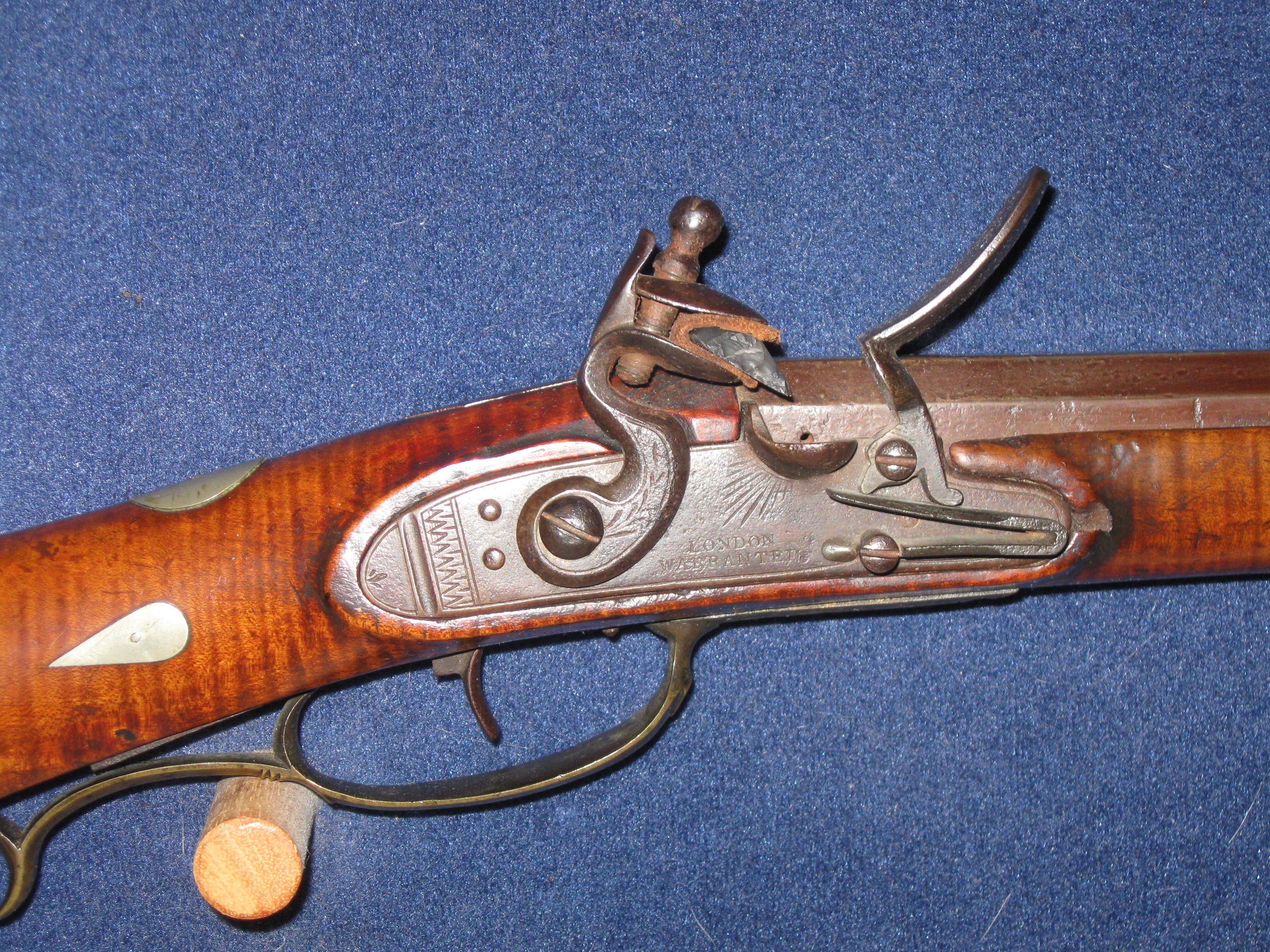- Joined
- May 6, 2014
- Messages
- 17,433
- Reaction score
- 16,435
Not sure how many folks have heard of or seen this really plain Southern Rife, so I thought some would enjoy seeing it.
http://emuseum.history.org/view/ob...ate:flow=4db4a7d7-1b89-4d48-ab48-cd729d1fdba0
Gus
http://emuseum.history.org/view/ob...ate:flow=4db4a7d7-1b89-4d48-ab48-cd729d1fdba0
Gus
Last edited by a moderator:





